- AI Fire
- Posts
- 🌱 The 2025 AI Automation Path For Beginners: Learn 10x Faster
🌱 The 2025 AI Automation Path For Beginners: Learn 10x Faster
Feeling confused by AI? This in-depth 2025 guide provides a no-code learning path for beginners to master AI automation & agents 10x faster.
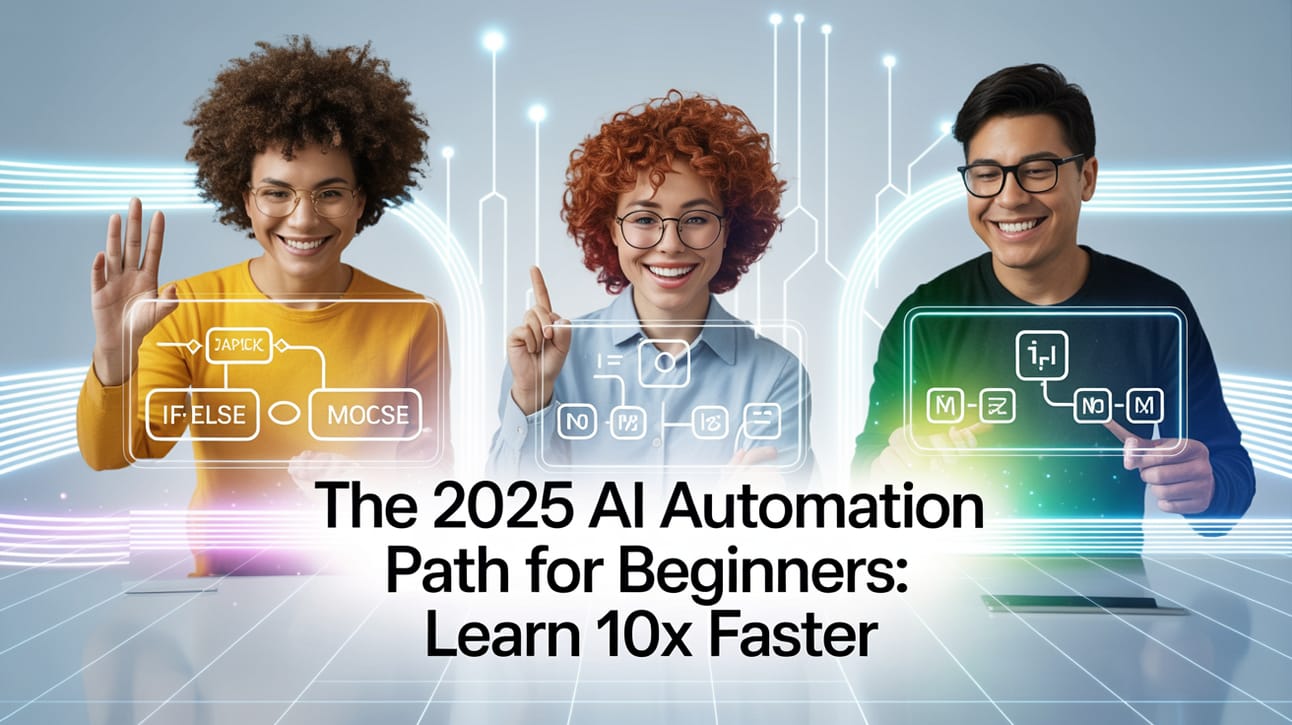
📊 Where are you on your AI journey? |
Table of Contents
Feeling overwhelmed by the daily wave of AI news? Do you want to apply AI Agents and automation to your work and business, but think, "I'm not a tech person"?
If so, this article is for you.
This isn't another hollow, theoretical post. This is a practical roadmap, distilled from hundreds of hours of trial and error, designed to help you learn and apply AI 10 times faster, even if you're starting from zero.
After reading this, you will understand:
The most effective learning method to conquer no-code AI tools.
Why only watching tutorials will hold you back and how to escape "tutorial hell."
How to build a core foundation of knowledge to learn any new AI technology with ease.
The "reverse-engineering" secret to breaking down a complex project into simple, learnable steps.
How to leverage the power of community so you never have to learn alone.
The essential mindset to turn AI into your unique competitive advantage.
Get ready to change how you learn about AI and automation forever.
1. Build A Solid Foundation: The First Bricks
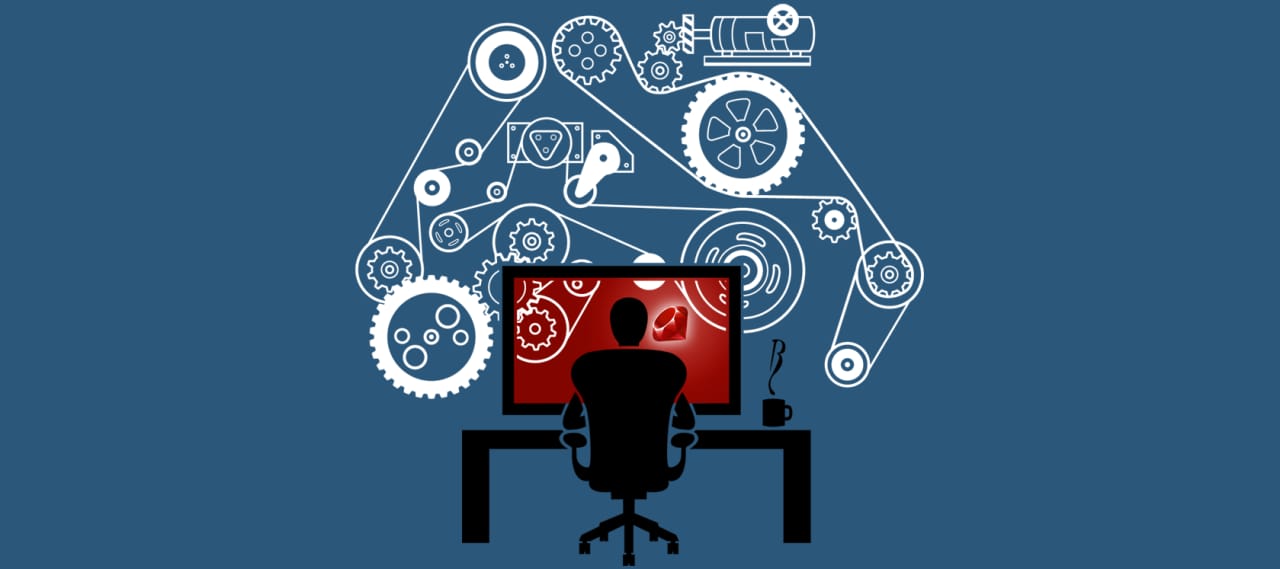
Many people jump straight into complex tools while skipping the fundamentals. This is like building a skyscraper on a weak foundation. The foundation isn't flashy, but it determines your speed and stability on your journey.
Instead of trying to become a developer, you only need to grasp these basic concepts:
Basic Programming Mindset (No Code Needed):
Variables: Understand that data can be stored in named "containers." For example:
customer_name= "John Doe".
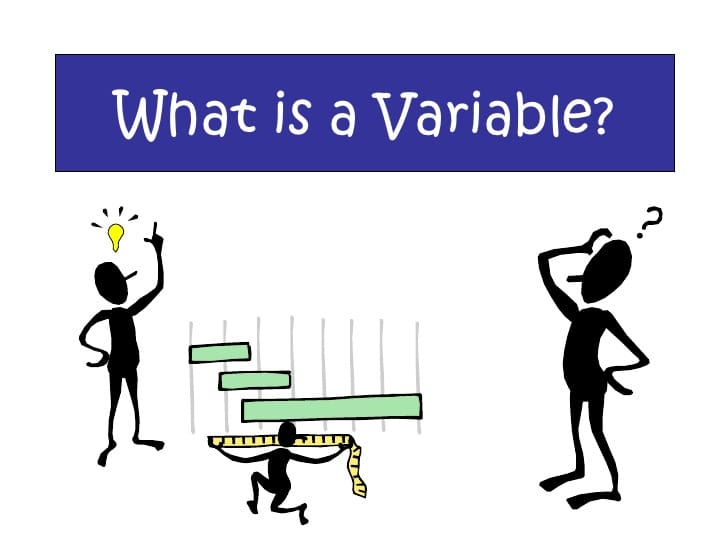
Data Types: Be able to distinguish between text, numbers, booleans (true/false), lists/arrays, and objects/JSON. This is the "language" that automation tools use.
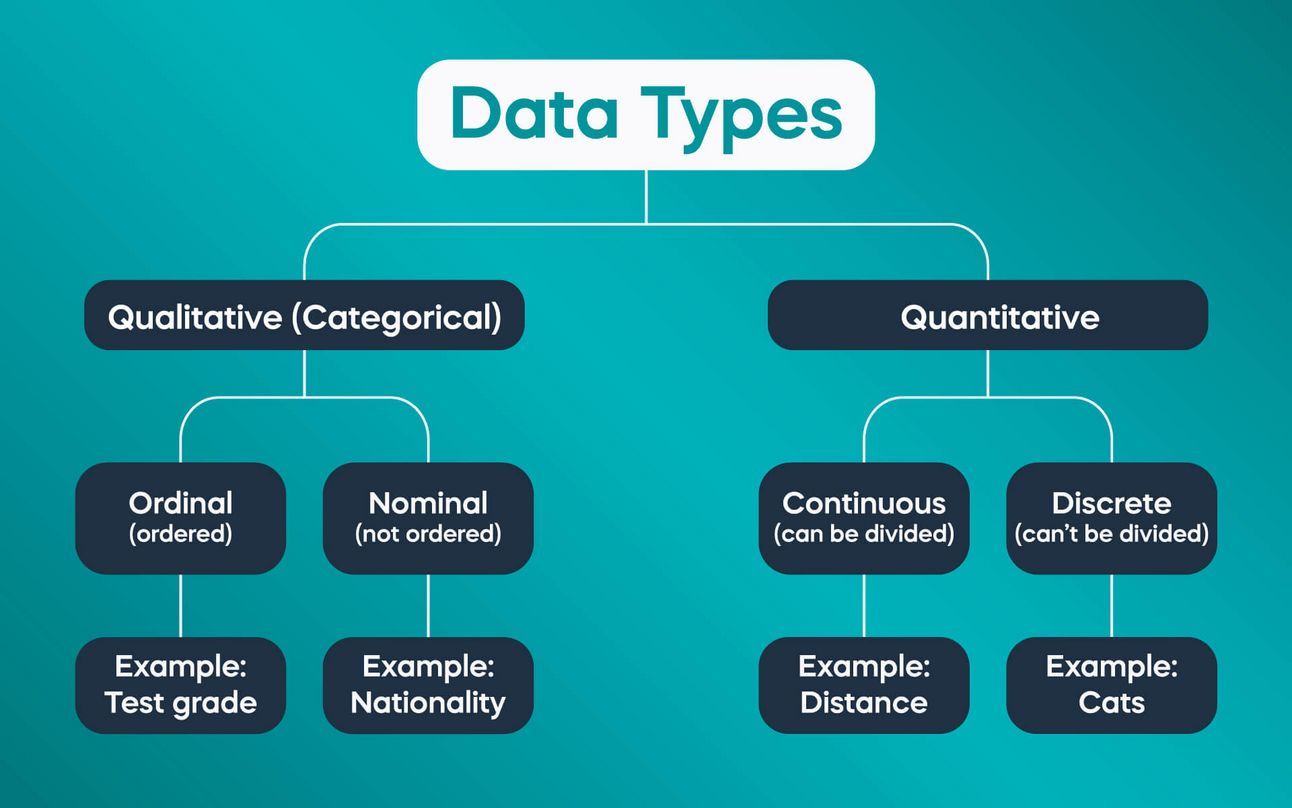
Conditional Logic (If/Else): "If" a condition is true, then do task A; "else," do task B. This is the heart of every intelligent automation workflow.
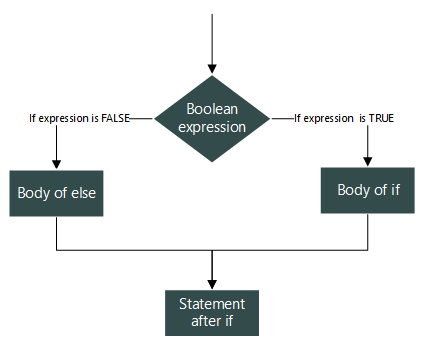
Loops: Understand how to automatically repeat an action for each item in a list (e.g., sending an email to every customer on a list).
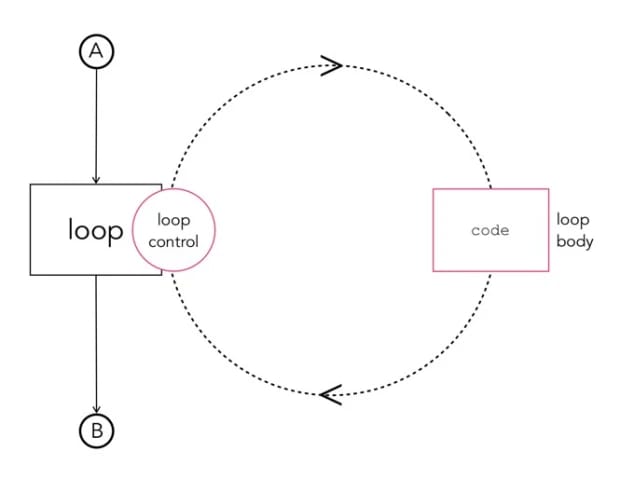
Core AI Concepts:
Tokens: Understand that language models "read" and "write" in units called tokens, not just letters or words. This affects cost and input/output limits.
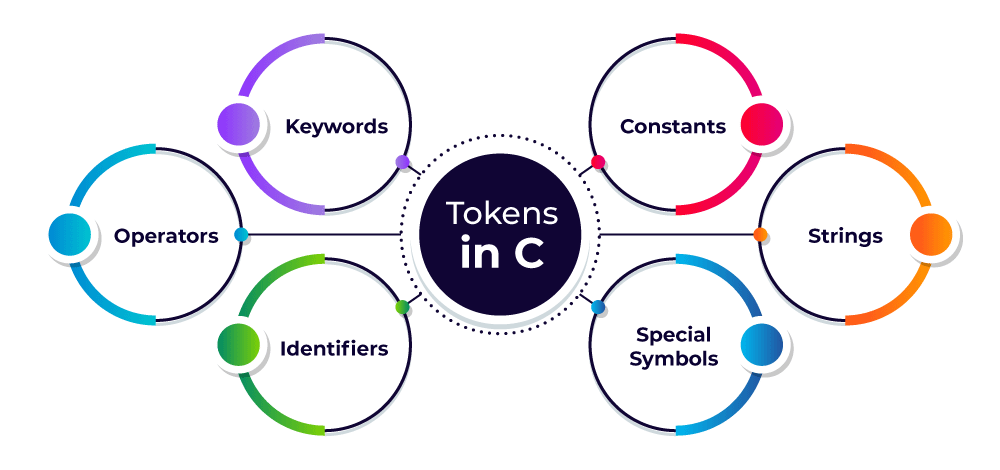
Context Window: Know that an AI has a "short-term memory." All the information you provide in a single session exists within this context.
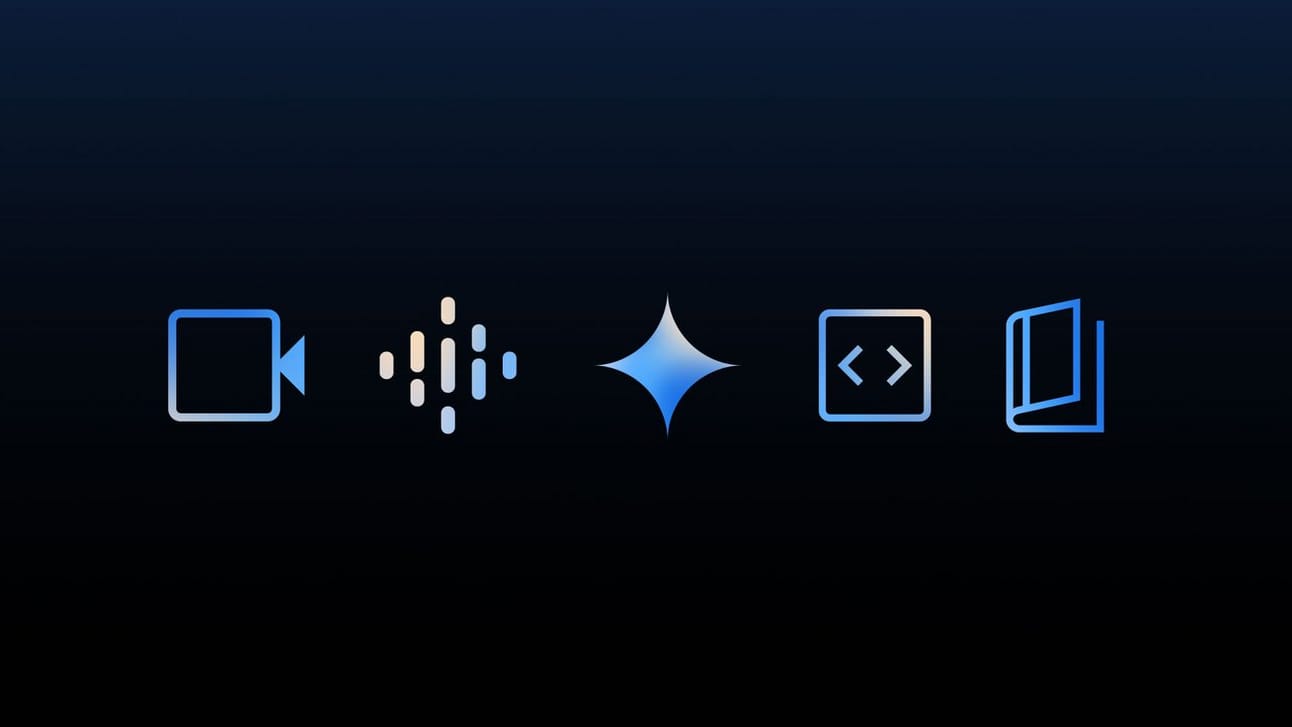
Basic Prompting: Master the structure of an effective command: provide sufficient context, assign a role, make a clear request, and specify the desired output format.
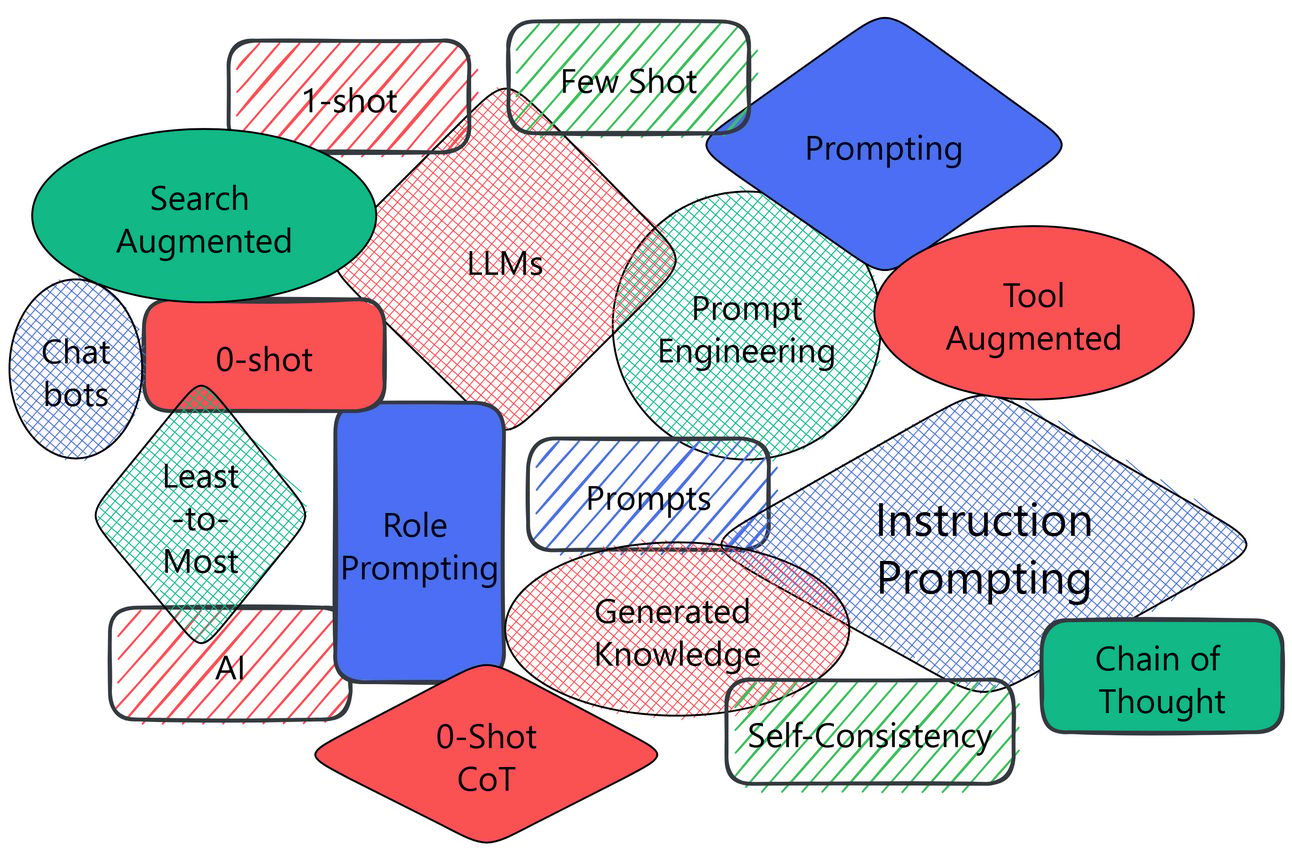
APIs & HTTP Requests:
These are the "communicators" between applications. Imagine an API is like a waiter in a restaurant. You (the client) make a request, the waiter (the API) relays it to the kitchen (the server), and brings the food (the response) back to you.
You only need a basic understanding of the main methods: GET (to retrieve data) and POST (to send new data).
Learn How to Make AI Work For You!
Transform your AI skills with the AI Fire Academy Premium Plan - FREE for 14 days! Gain instant access to 500+ AI workflows, advanced tutorials, exclusive case studies and unbeatable discounts. No risks, cancel anytime.
Pro Tip: Use ChatGPT to explain these concepts. Try this prompt: "Explain what an API is to a business manager with no tech background, using the analogy of booking a hotel online."
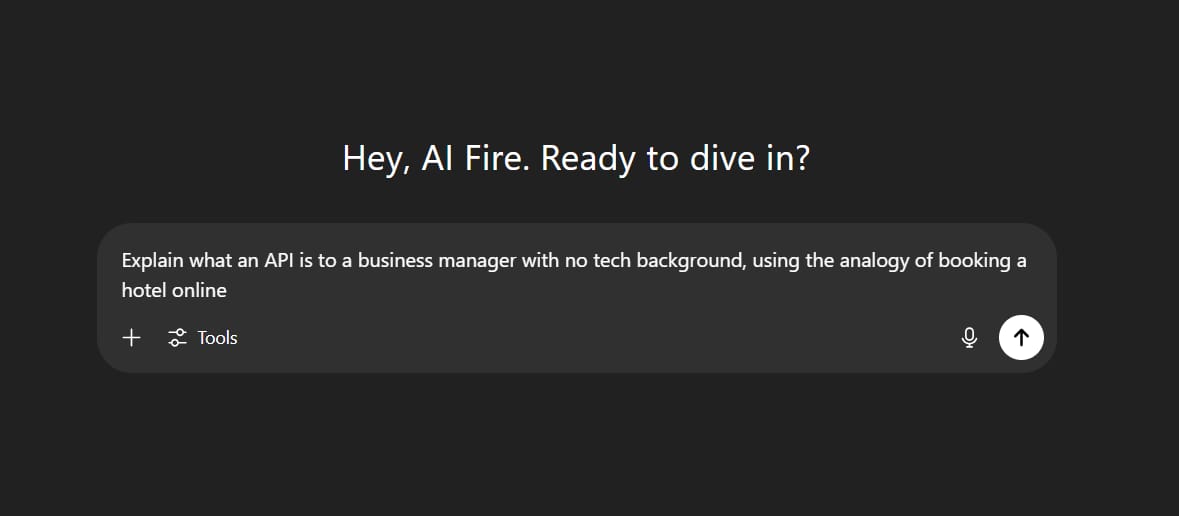
2. The "Reverse-Engineering" Method: Turn Big Goals Into A Small Roadmap
This is the new, game-changing secret. Instead of learning aimlessly, start with the destination in mind.
Most beginners ask, "Which tool should I learn first?" This is the wrong question. The right question is: "Which process do I most want to automate?"
The "Reverse-Engineering" Method has 3 steps:
Choose a "Dream Project": Think of a repetitive, time-consuming process in your daily work that you wish you could automate. Don't be afraid to think big.
Example: "I want to create an AI Agent that can read customer feedback emails, automatically classify them (Positive, Negative, Urgent Support Needed), then draft a suitable reply and save it in a 'Needs Response' folder in my inbox."
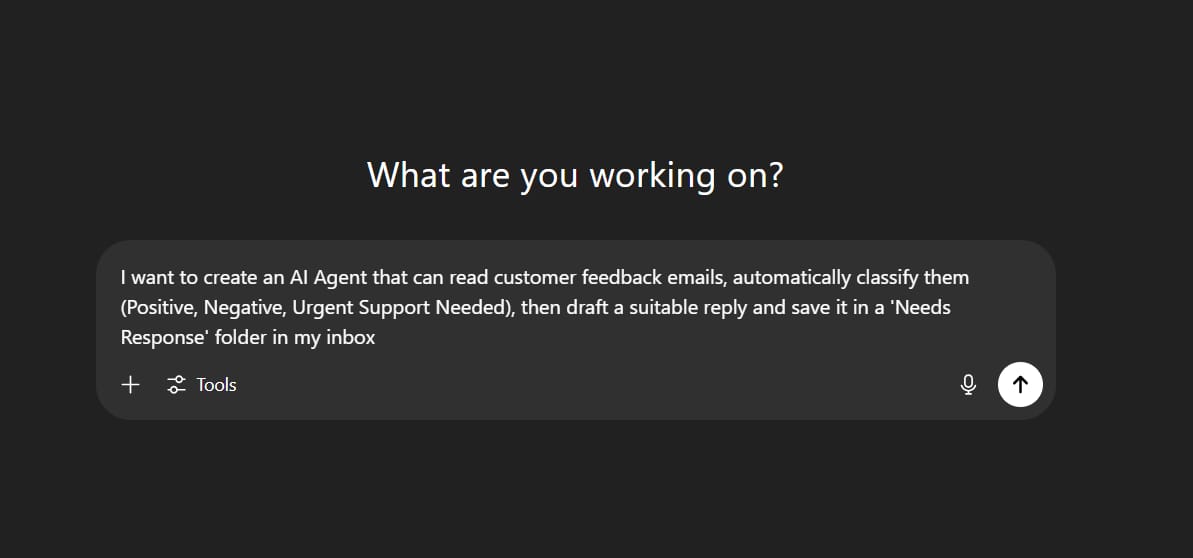
Break Down the Project: Now, break that project down into the necessary technological components.
To achieve the above, I need:
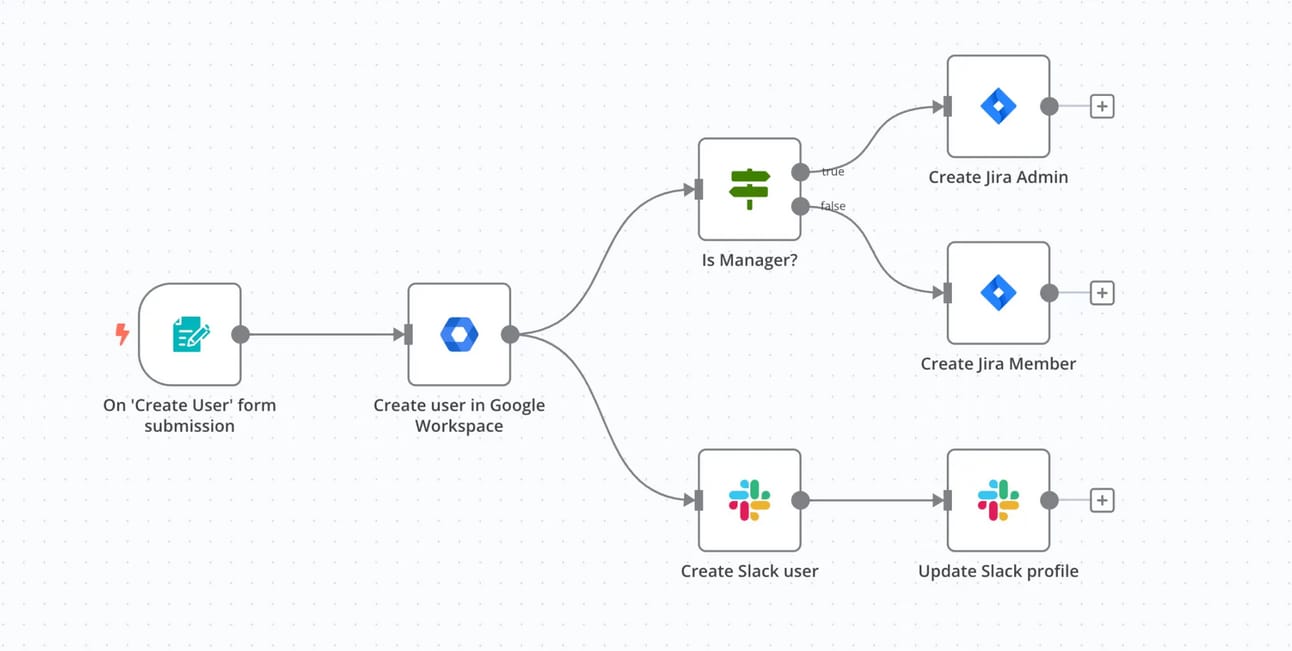
A connection to my inbox (Gmail, Outlook).
An AI model for classification and drafting (OpenAI's GPT-4 API or Claude's API).
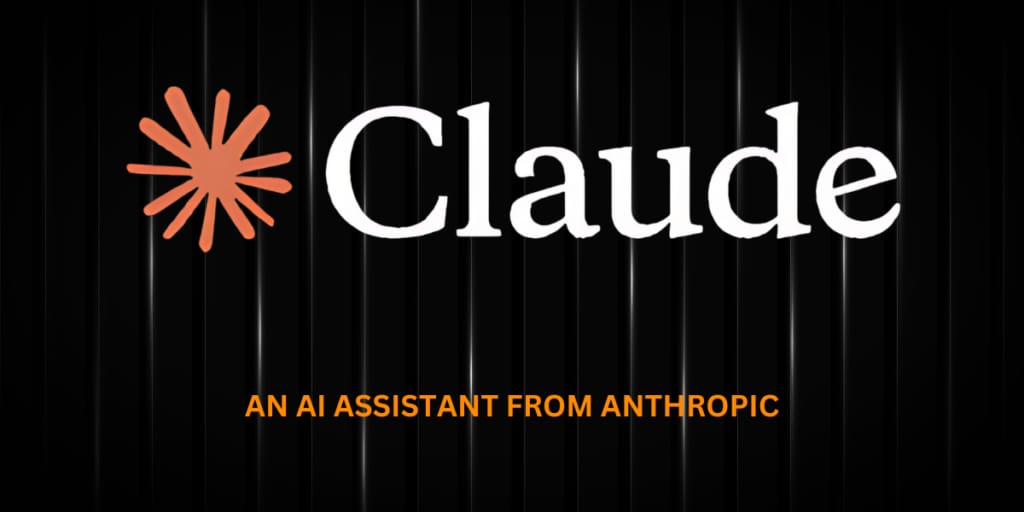
Knowledge of how to write a prompt to ask the AI to analyze sentiment and draft an email.
The logic to connect these steps together.
Learn On-Demand: The breakdown above is now your personalized learning curriculum. You are no longer learning randomly. You know exactly what you need to search for:
"How to connect Gmail to Make.com"
"How to call the OpenAI API in Zapier"
"Sample prompt for text sentiment analysis"
This approach keeps you motivated because everything you learn directly serves a tangible goal.
3. Practice Is King: Escape "Tutorial Hell"
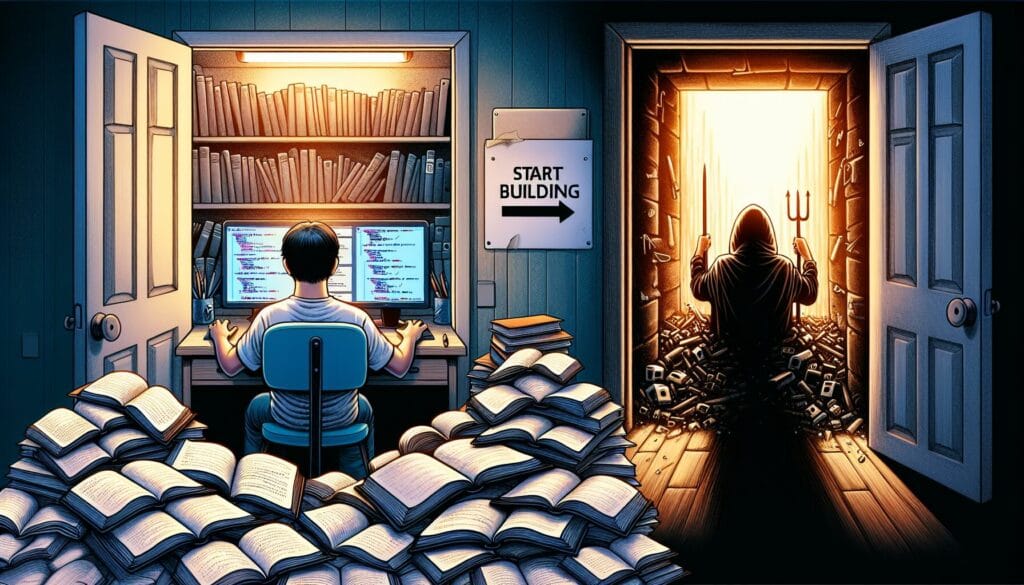
Watching video tutorials gives you the feeling that you're learning, but it's an "illusion of competence." You understand what the instructor is doing, but when you try to build it yourself from scratch, you freeze.
Tutorials often hide the most important part: the process of debugging and problem-solving.
The Golden Rule: For every 1 hour you spend watching a tutorial, spend at least 3 hours building, breaking, and fixing it yourself.

Embrace the struggle: You will spend 2 hours fixing a "stupid" error. You will want to quit. Congratulations, that is a sign that you are truly learning. The struggle to find a solution is what embeds knowledge in your brain.
Start with small wins: Don't try to automate an entire department at once. Start with small, personal annoyances.
New Examples:
Automatically sort invoice emails into a specific label in Gmail.
Create a workflow to pull headlines from an RSS news feed and save them to a Google Sheet.
Automatically send birthday greetings to a list of loyal customers.
Tinker with what already exists: After successfully following a tutorial, don't stop there. Ask yourself:
"What if I change the input data source?"
"Can I add a Slack notification step at the end of this workflow?"
"How would I recreate this entire process from a blank slate?"
Action is the antidote to procrastination and fear. Don't wait until you "feel ready." You will never feel 100% ready.
4. The Power Of Synergy: Never Go It Alone

Learning alone is not only slower, but it's also lonely and discouraging. Your environment has a massive impact on your growth.
Join a community: Find communities focused on no-code and AI automation on Facebook, Discord, Reddit, or Skool. This is where you can:
Ask for help when you're stuck.
Get inspired by other people's projects.
Receive valuable feedback.
Feel like you're part of a larger movement.
Teach what you learn (Show Your Work): This is the deepest form of learning.
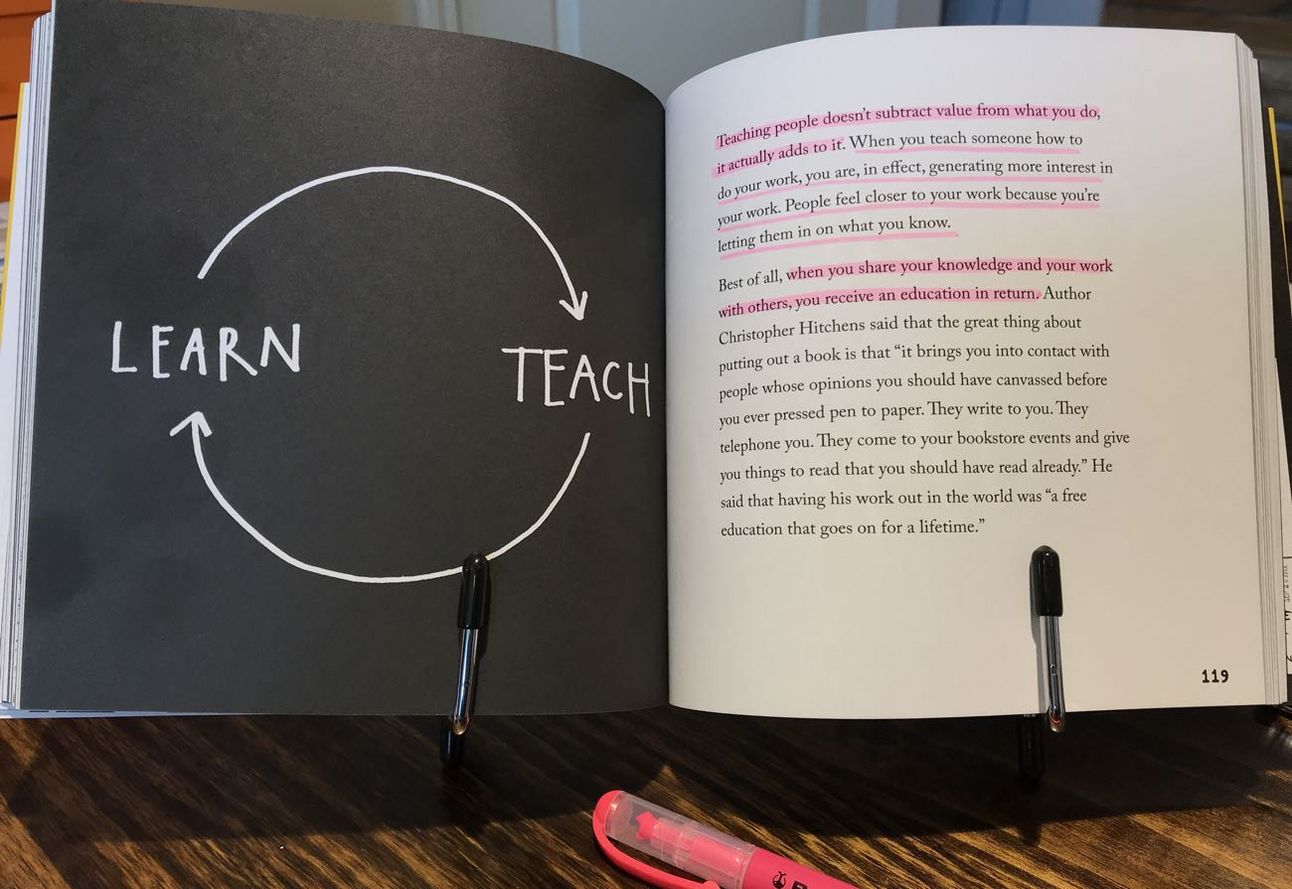
Did you just figure out how to automate a small report? Write a short post on LinkedIn or Facebook sharing the process.
You don't need to be an expert. As long as you know more than someone who hasn't started, you have value to share.
When I successfully automated the process of turning my blog posts into Twitter threads, I recorded a short screen-capture video and posted it in a Facebook group. It wasn't perfect, but it reinforced my knowledge and got me great advice.
Sharing helps you: build a personal brand, expand your network, and forces your brain to organize knowledge logically.
Find a Mentor: If you have the opportunity, this is the fastest shortcut. Someone who has gone before you can help you avoid their mistakes, guide your career path, and offer advice that no book can provide.
5. Mindset Is Everything
You can have the best methods and the fanciest tools, but if you have the wrong mindset, it's all meaningless.
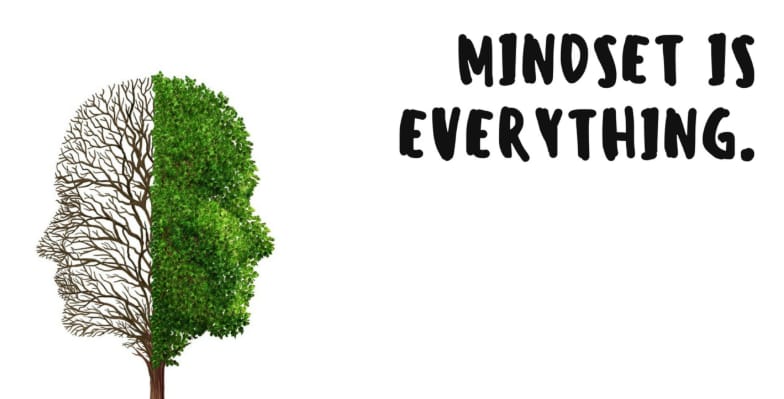
Eliminate limiting beliefs:
"This is only for tech people." -> WRONG. No-code tools were created precisely to break down this barrier.
"I'm too old to learn something new." -> WRONG. Your life and work experience give you an advantage in knowing where to apply AI effectively.
"AI is too complex." -> WRONG. You don't need to build the AI, you just need to learn how to use it - just like you use a smartphone without knowing how to manufacture a processor.
Depth over breadth: The AI field changes hourly. Trying to know everything is a race with no finish line that only leads to burnout. Choose 1-2 tools and 1-2 specific use cases to master. Becoming an expert in a niche is far more valuable than having a superficial knowledge of 100 things.
Compare yourself to who you were yesterday: Don't look at the AI "wizards" online and feel inadequate. You don't know how many years they've put in to get where they are. The only meaningful comparison is with yourself from yesterday, last week, or last month.
Final Thoughts
The journey to learn AI Agents and Automation isn't a race of technical talent, but a marathon of learning strategy and persistence. You don't need to be a genius. You don't need to know how to code. You just need the right roadmap, an open mind, and the courage to start.
Start today, with the smallest possible step. Ninety days from now, you'll be amazed at what you can do.
If you are interested in other topics and how AI is transforming different aspects of our lives or even in making money using AI with more detailed, step-by-step guidance, you can find our other articles here:
How useful was this AI tool article for you? 💻Let us know how this article on AI tools helped with your work or learning. Your feedback helps us improve! |
Reply